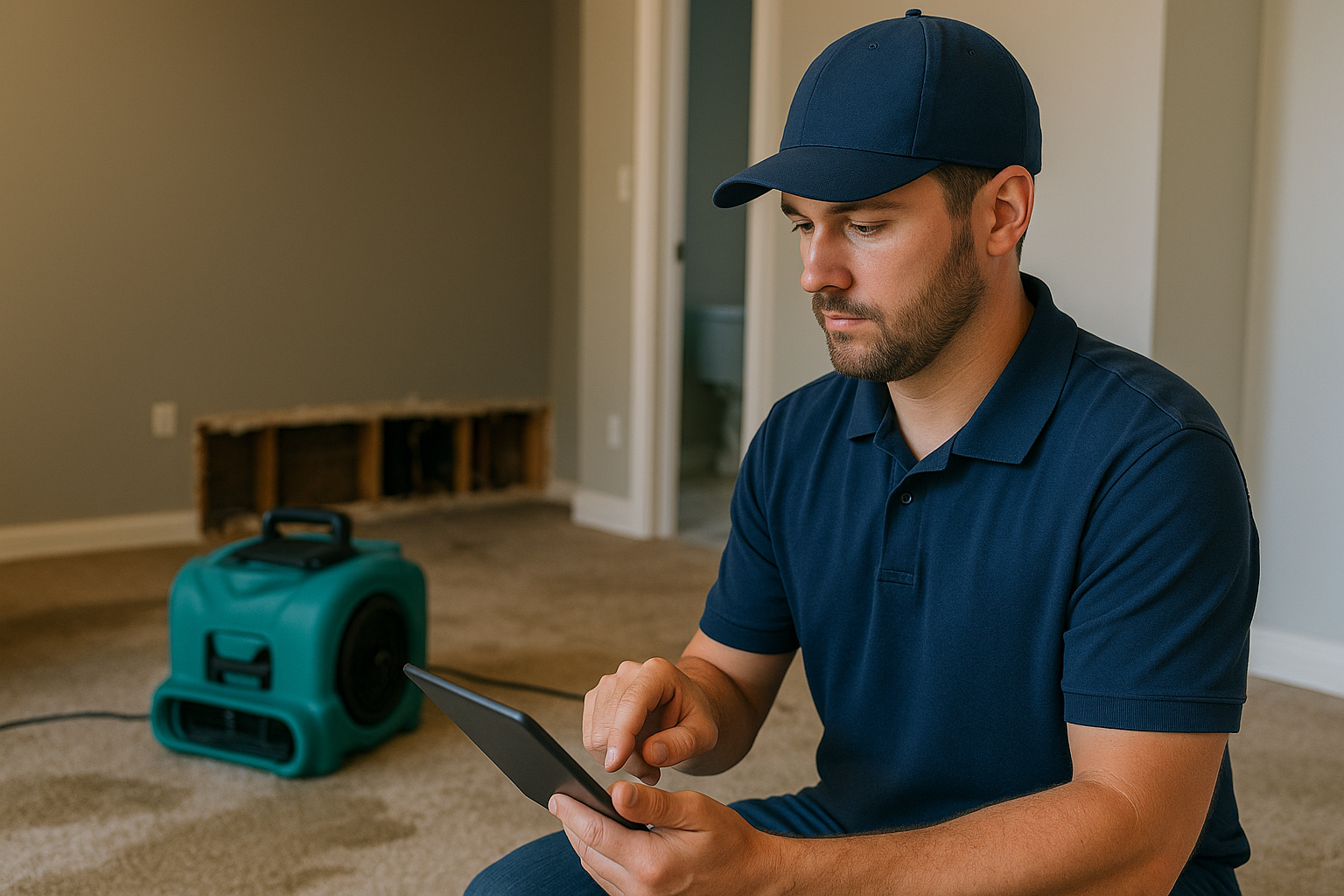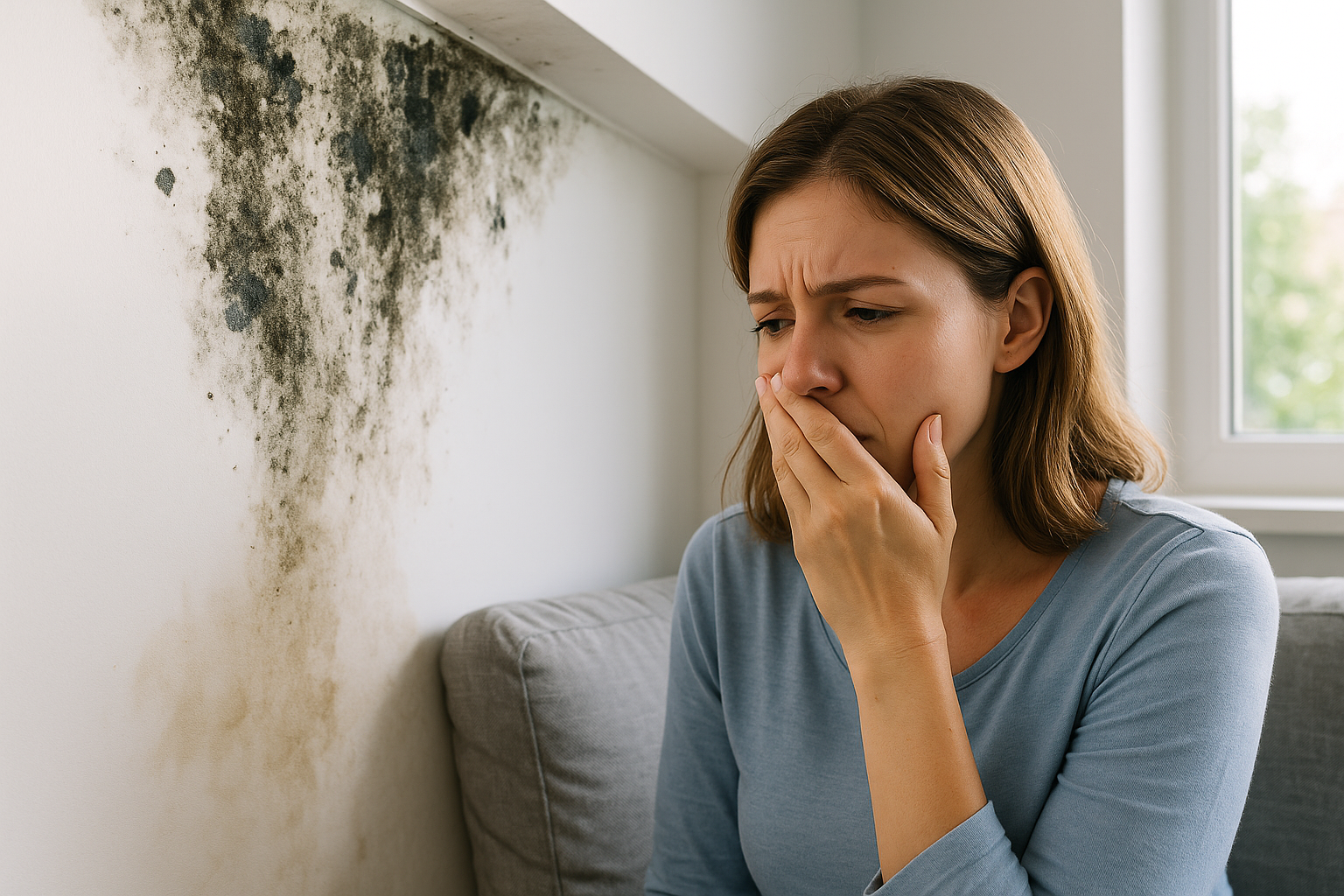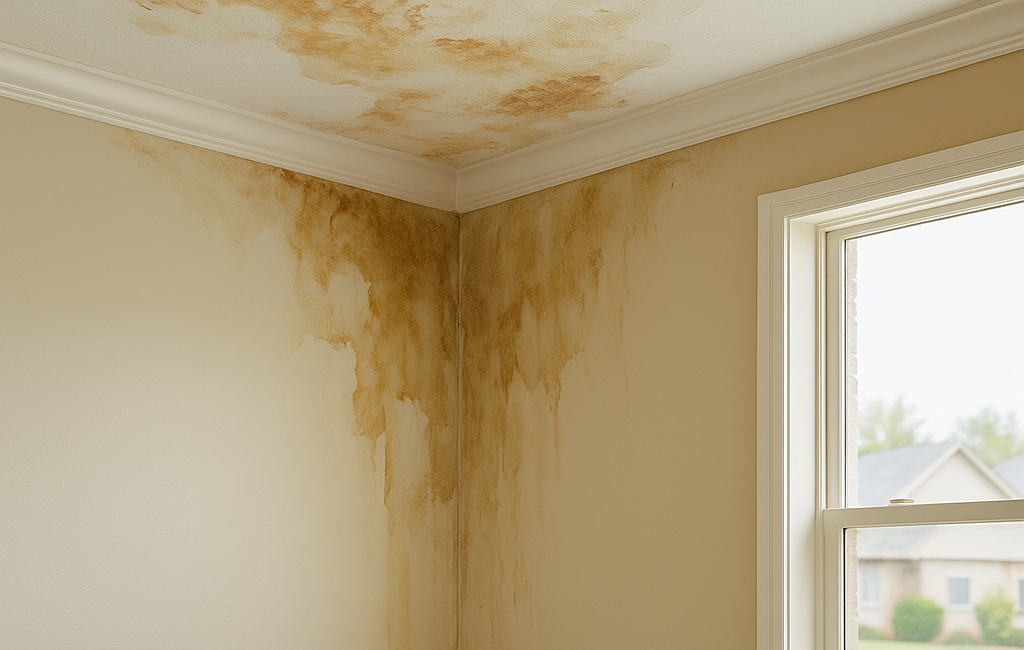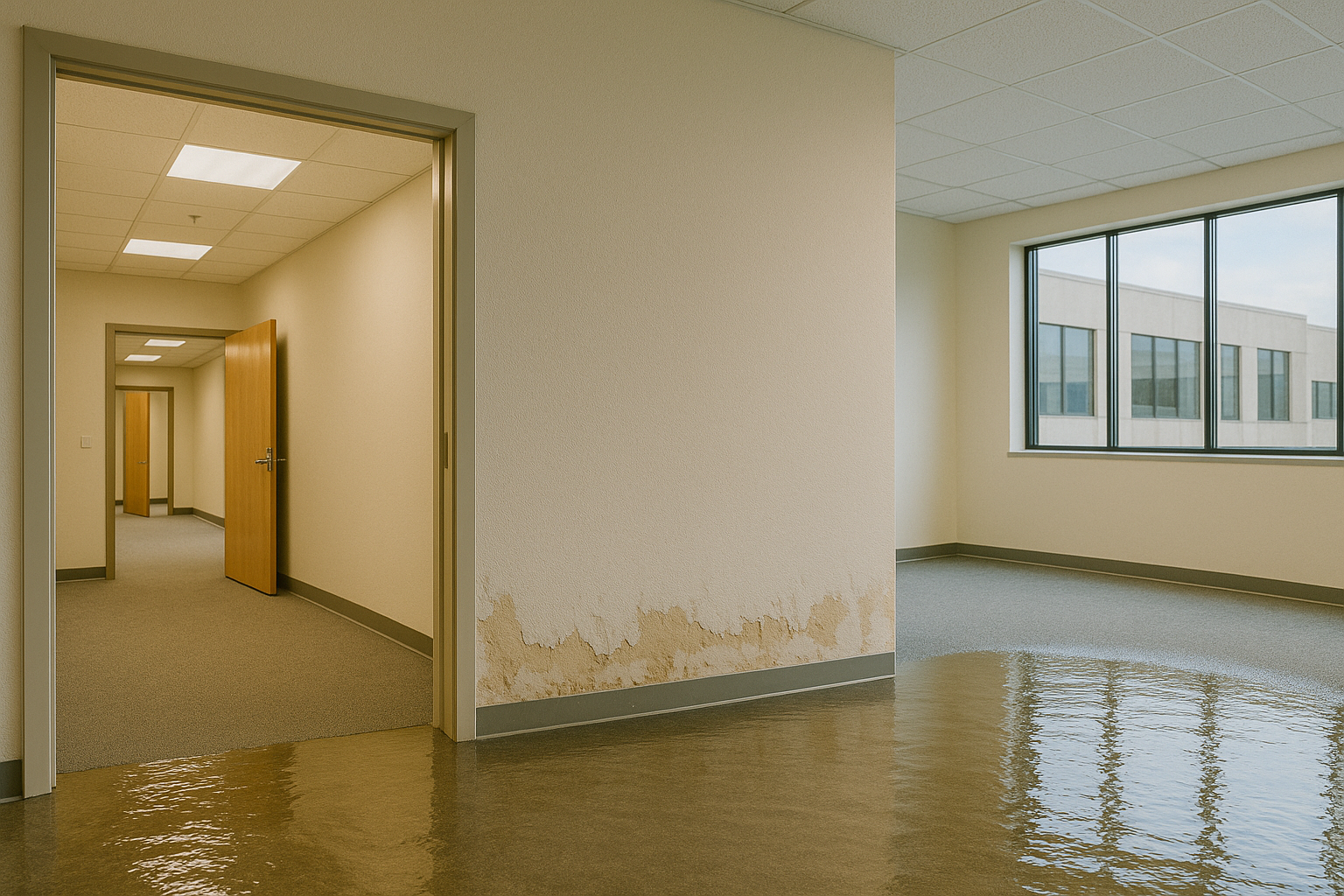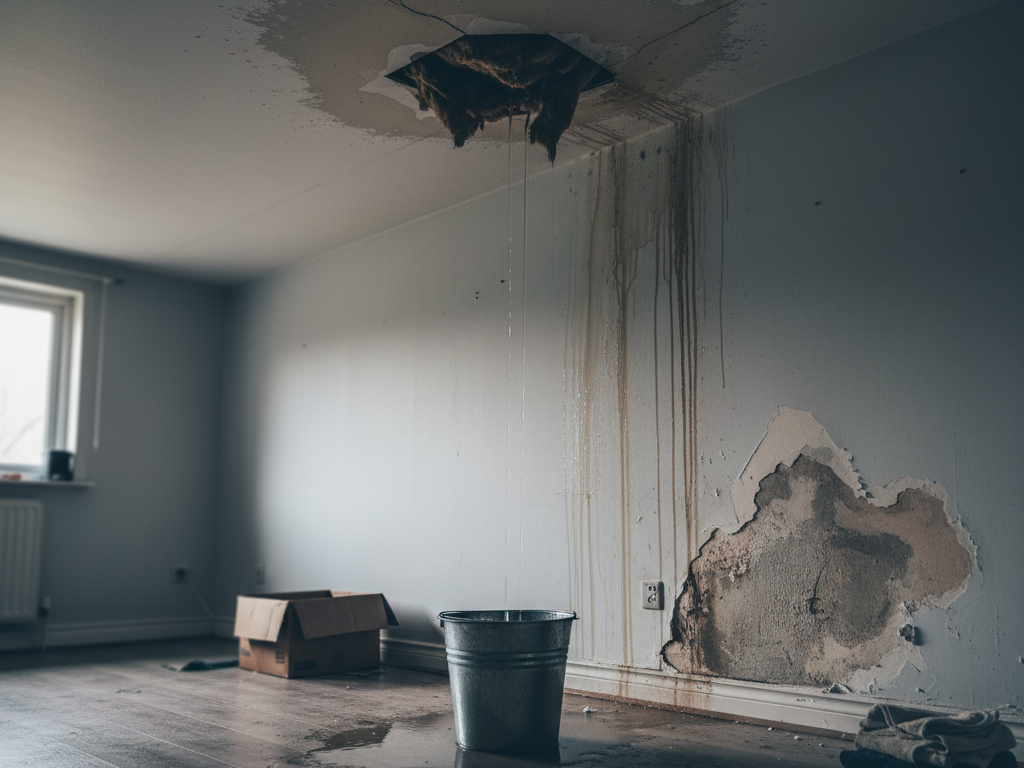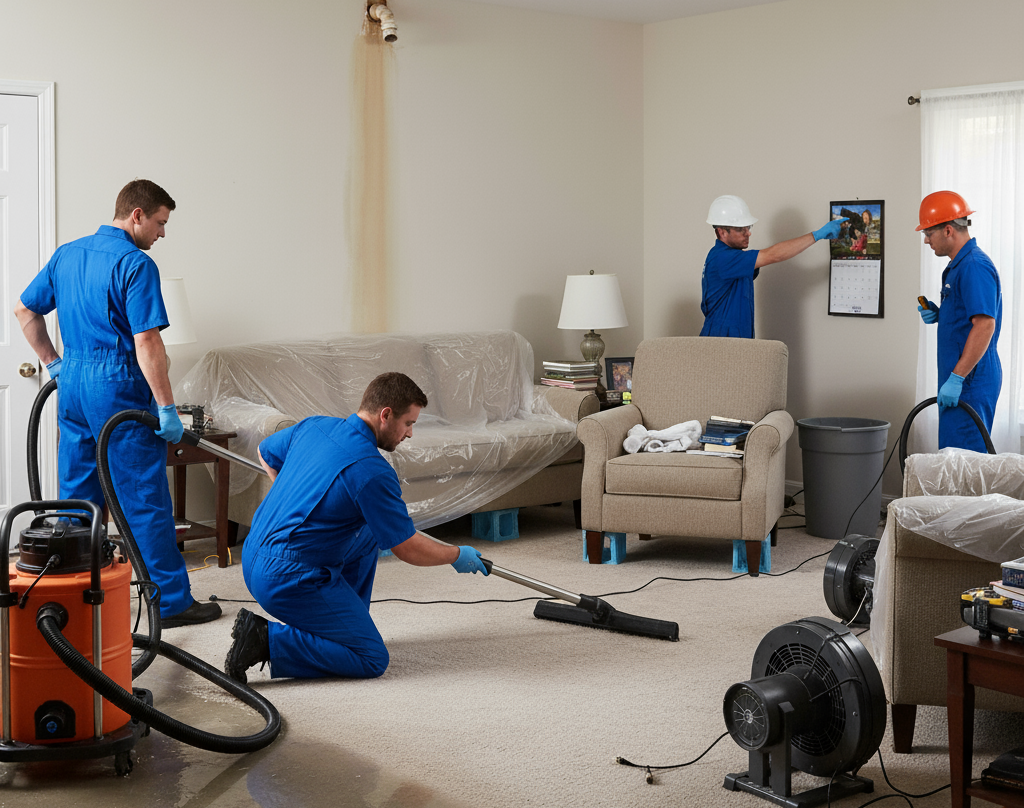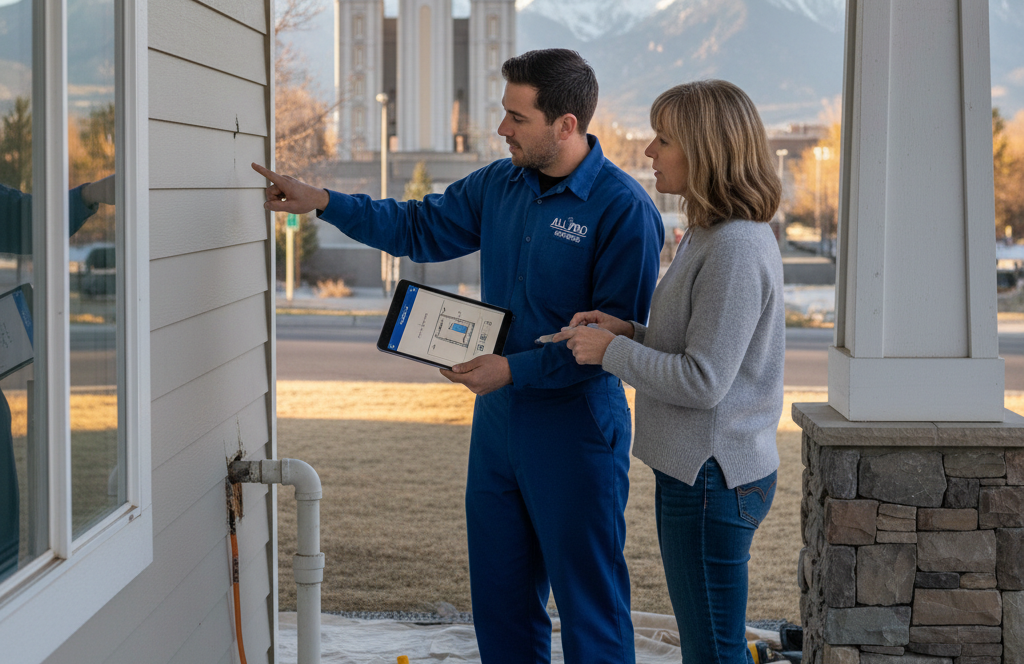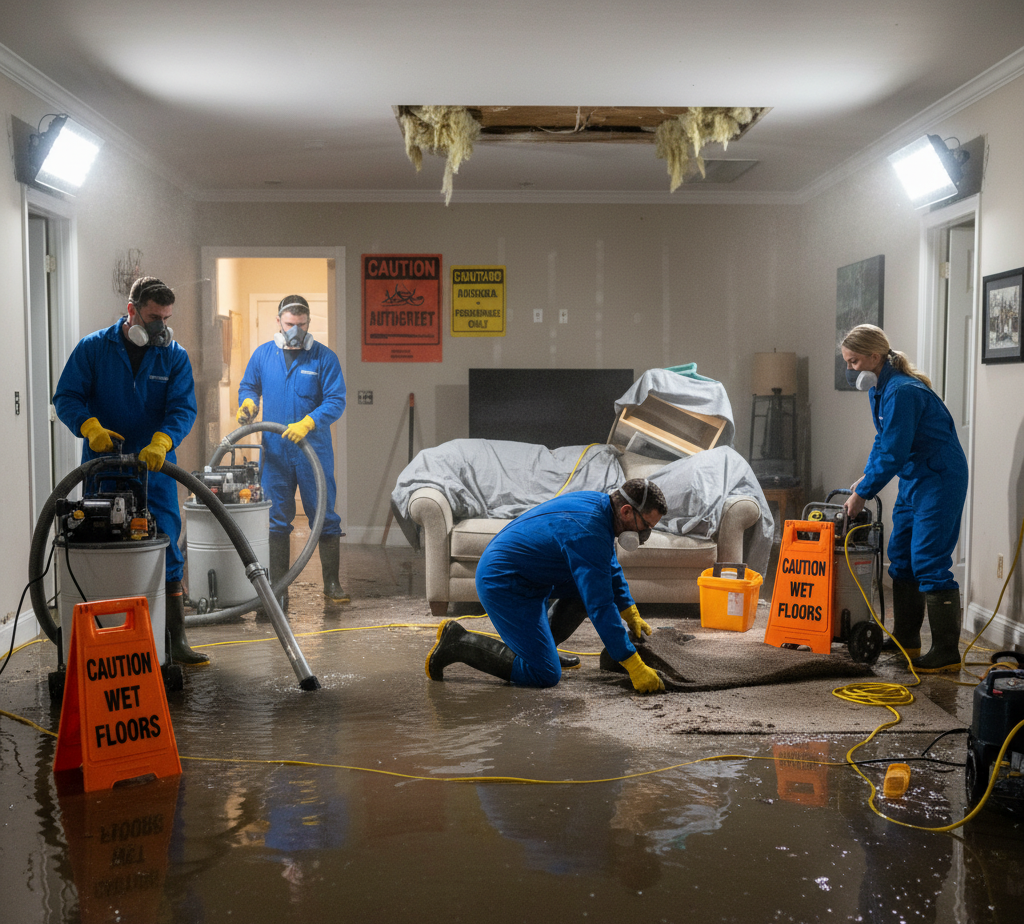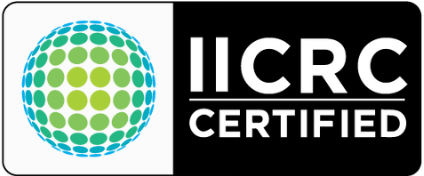How to Dry Out a Water-Damaged Home: The Science Behind It
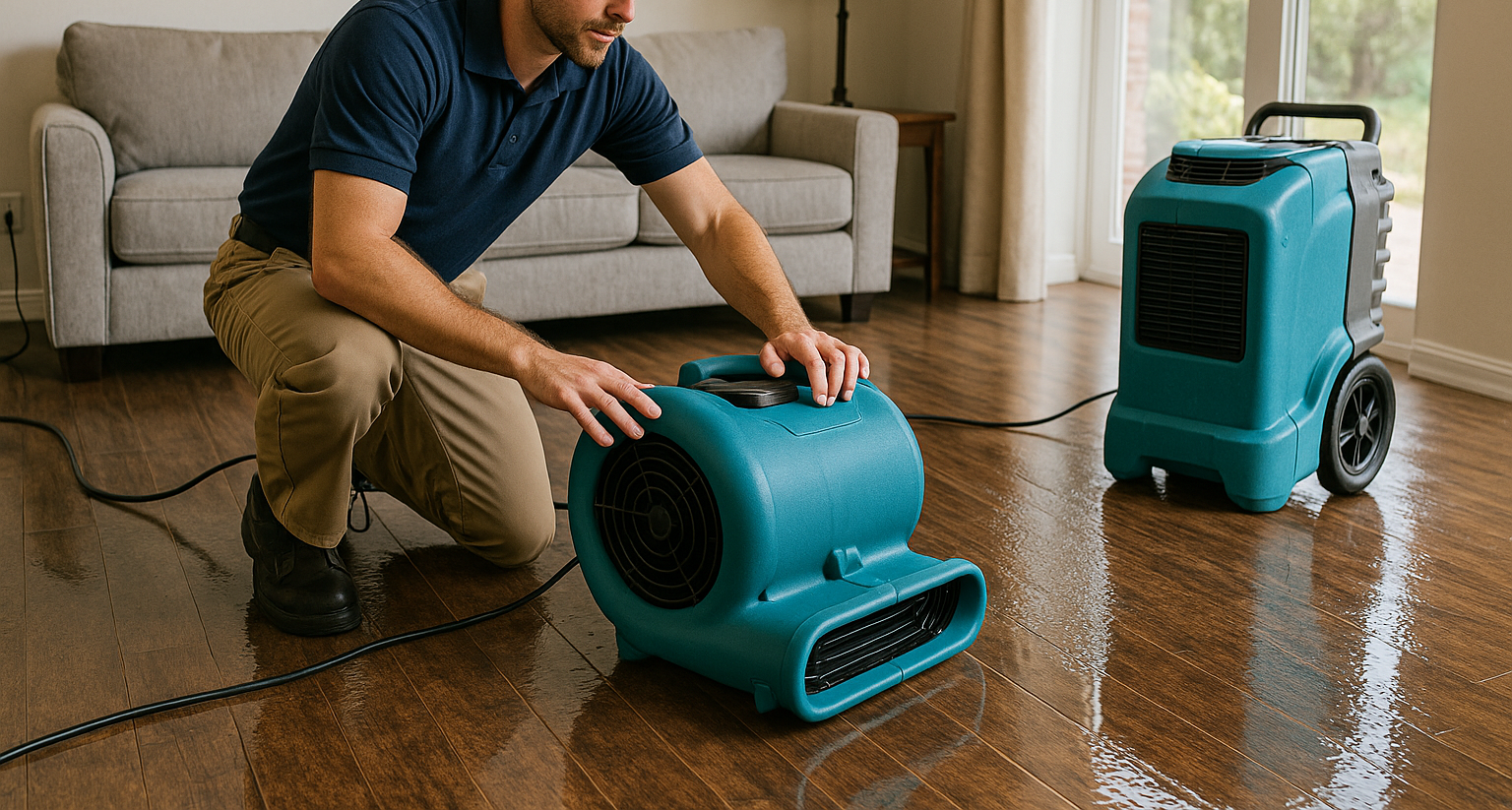
How Do You Dry Out a House After Water Damage?
When water floods your home, whether from a burst pipe, roof leak, or heavy rain, it can feel overwhelming. Many homeowners assume that opening windows or running a few fans will solve the problem, but true drying is far more complex. Water doesn’t just sit on surfaces; it seeps deep into walls, floors, and insulation, where it can silently cause mold, warping, and structural damage.
The professional water damage restoration Salt Lake City uses specialized equipment and a scientific approach to remove every trace of moisture. They balance airflow, temperature, and humidity to speed up evaporation while protecting materials from further damage. This guide explains how the drying process works, the science that drives it, and why professional restoration methods are the safest way to bring your home back to normal.
The Immediate Steps After Water Damage
The first few hours after water damage are critical. Quick action can reduce long-term damage and health risks. Here’s what to do right away:
- Turn off power and water: Safety comes first. Shut off the electricity from the main breaker and stop the water source if possible.
- Move valuables: Relocate furniture, electronics, and important documents to a dry space.
- Document everything: Take photos and videos for insurance claims before cleanup begins.
- Call professionals: Contact a certified water damage repair company for inspection and drying.
- Get quotes: Compare local restoration companies' pricing, response times, and available services.
Once safety is secured, the scientific drying process begins, a balance of temperature, airflow, and humidity.
What Is the Science of Drying?
Drying a home after water damage involves three essential elements: evaporation, dehumidification, and airflow. For more insights, see Can I Do Water Damage Repair Myself or Should I Hire a Professional?
Evaporation: Turning water into vapor
Evaporation changes liquid water into vapor. Professionals use air movers and heat to speed up this process. Warmer air can hold more moisture, so a slight increase in temperature improves drying efficiency.
Dehumidification: Pulling moisture from the air
Once water evaporates, it must be removed from the air to prevent reabsorption. Dehumidifiers capture the moisture, condense it, and drain it away. This keeps humidity levels stable and prevents new condensation from forming on surfaces.
Airflow: Keeping the cycle going
Air movement allows constant evaporation. Fans and air movers direct airflow across damp areas, pushing moisture out of materials like drywall and carpet.
Professional teams carefully balance these factors. Too much heat can cause cracking; too little airflow can slow drying. The goal is to restore equilibrium through controlled drying, a process that ensures materials dry completely without damage.
These methods go beyond standard water-damage cleanup by using science-backed measurements and precise control over every variable.
What Is the Science-Based Standard for Drying?
Certified restoration companies follow the IICRC S500 Standard, created by the Institute of Inspection Cleaning and Restoration Certification (IICRC). This is the global benchmark for professional water damage restoration practices.
The standard focuses on:
- Measurement and documentation:
Technicians use moisture meters to record water content in materials and the air.
- Psychrometrics:
The study of temperature, air, and humidity. Professionals use psychrometric charts to create the ideal drying environment.
- Monitoring and adjustments: Moisture levels are checked daily, and equipment is adjusted until materials reach a safe moisture content.
According to the IICRC, proper drying prevents mold growth and preserves the integrity of building materials. Local experts like All Pro Services use these science-based methods for water damage restoration Salt Lake City homeowners rely on.
How to Dry Out a House Quickly
Drying quickly doesn’t mean cutting corners, it means drying efficiently. Follow these steps to help speed up the process safely:
- Ventilate if conditions allow: Open doors and windows only when the outdoor air is dry. In humid weather, keep them closed.
- Use air movers: These high-powered fans increase airflow and evaporation.
- Run dehumidifiers: They remove moisture from the air and maintain humidity between 30% and 50%.
- Regulate temperature: Warm air helps dry faster, but professionals keep it at a controlled temperature (around 70–80°F) to prevent warping.
- Monitor moisture: Technicians use meters and sensors to ensure all layers, not just the surface, are dry.
A homeowner can start the process, but full restoration requires professional equipment. Without proper monitoring, water can stay trapped under floors or inside walls, leading to structural decay and mold.
The Role of Technology in Drying
Modern drying depends heavily on advanced technology. Restoration specialists use:
- Infrared cameras: Identify hidden moisture in walls and ceilings.
- Thermo-hygrometers: Measure air temperature and humidity levels.
- Desiccant dehumidifiers: Remove moisture even in cold environments.
- Injectidry systems: Deliver warm air into walls and flooring without removing materials.
While a home fan might help after a small spill, these industrial tools make complete water damage repair possible after serious flooding. Professionals track drying progress with digital readings, ensuring accuracy and safety throughout the process.
Common Mistakes to Avoid
Many homeowners unintentionally make water damage worse. Here are the most common mistakes:
- Using only heat: Raising temperature without removing humidity can speed up mold growth.
- Ignoring hidden areas: Moisture often lingers behind baseboards, insulation, and flooring.
- Skipping dehumidifiers: Fans alone move moist air but don’t remove it.
- Assuming it’s dry too soon: Surfaces can feel dry while interior materials remain soaked.
Certified water damage restoration Salt Lake City specialists use moisture meters and infrared imaging to verify that everything, inside and out, is fully dry.
Preventing Future Water Damage
Prevention is the most effective strategy against water damage. Simple maintenance reduces the risk of leaks and flooding.
Practical tips:
- Clean gutters and downspouts regularly.
- Inspect plumbing and water heaters every year.
- Seal gaps around windows, doors, and foundations.
- Insulate pipes during Utah’s cold winters.
- Install leak detectors in basements and under sinks.
- Keep emergency contacts for water damage repair services ready.
Why it matters:
Salt Lake City’s weather swings between freezing winters and humid summers. This combination can crack pipes and promote condensation. Regular inspections by professionals like All Pro Services can identify small leaks before they cause major problems.
They also provide ongoing water-damage cleanup and drying services in accordance with IICRC standards, keeping your home safe and structurally sound.
The Science of Moisture and Mold
Mold thrives in damp environments, and it doesn’t take long to grow. When humidity stays above 60%, spores can form within a day.
Proper drying keeps humidity below this threshold. Professional water damage restoration services use HEPA filters and antimicrobial treatments to eliminate spores and prevent future growth.
Homeowners can help by keeping rooms ventilated, especially bathrooms and kitchens, and using exhaust fans to reduce moisture buildup.
Why Getting Professional Help Matters
DIY drying may seem cheaper but often leads to hidden moisture, structural issues, and mold infestations later. Professionals:
- Detect moisture in hidden areas using advanced tools.
- Follow science-based drying standards (IICRC S500).
- Prevent secondary damage and mold.
- Provide detailed reports for insurance claims.
Before choosing a service, get quotes from certified local companies. Compare their methods, guarantees, and response times. Experienced teams like All Pro Services understand Utah’s climate and offer tailored solutions for water damage restoration Salt Lake City residents.
Final Thoughts
Drying a water-damaged home combines science and skill. Understanding how evaporation, airflow, and humidity work helps homeowners see why professional help is essential. Acting fast with the right tools prevents costly repairs and health issues.
For reliable, science-based water damage restoration Salt Lake City, contact All Pro Services. Their certified technicians use proven drying methods and modern equipment to restore your home quickly and safely. A prompt response today protects your property for years to come.
Follow our social media pages below:
About All Pro Services
All Pro Services is the premier restoration and remediation company of Utah. They offer a large variety of services from commercial cleaning and sanitization, restoration, biohazard cleanup and construction services.
Learn more about All Pro Services.

Contact Information:
All Pro Services
7747 Allen Street
Midvale, UT 84047
United States
Roger Rasmussen
(385)855-2252
https://www.allproutah.com

